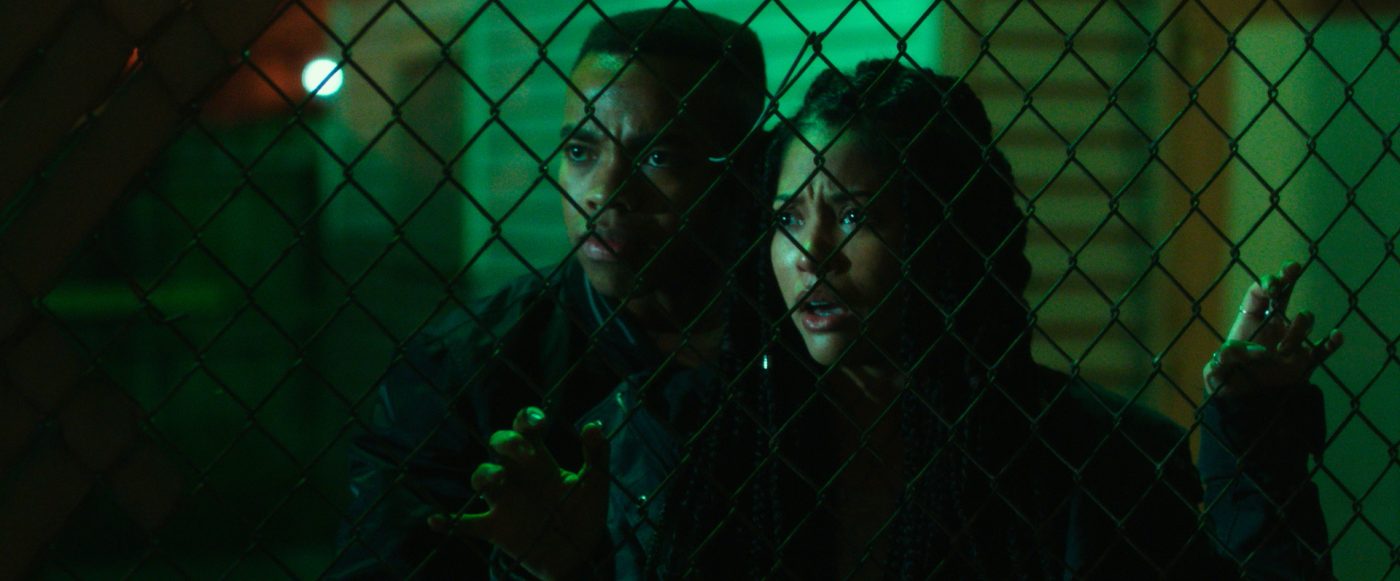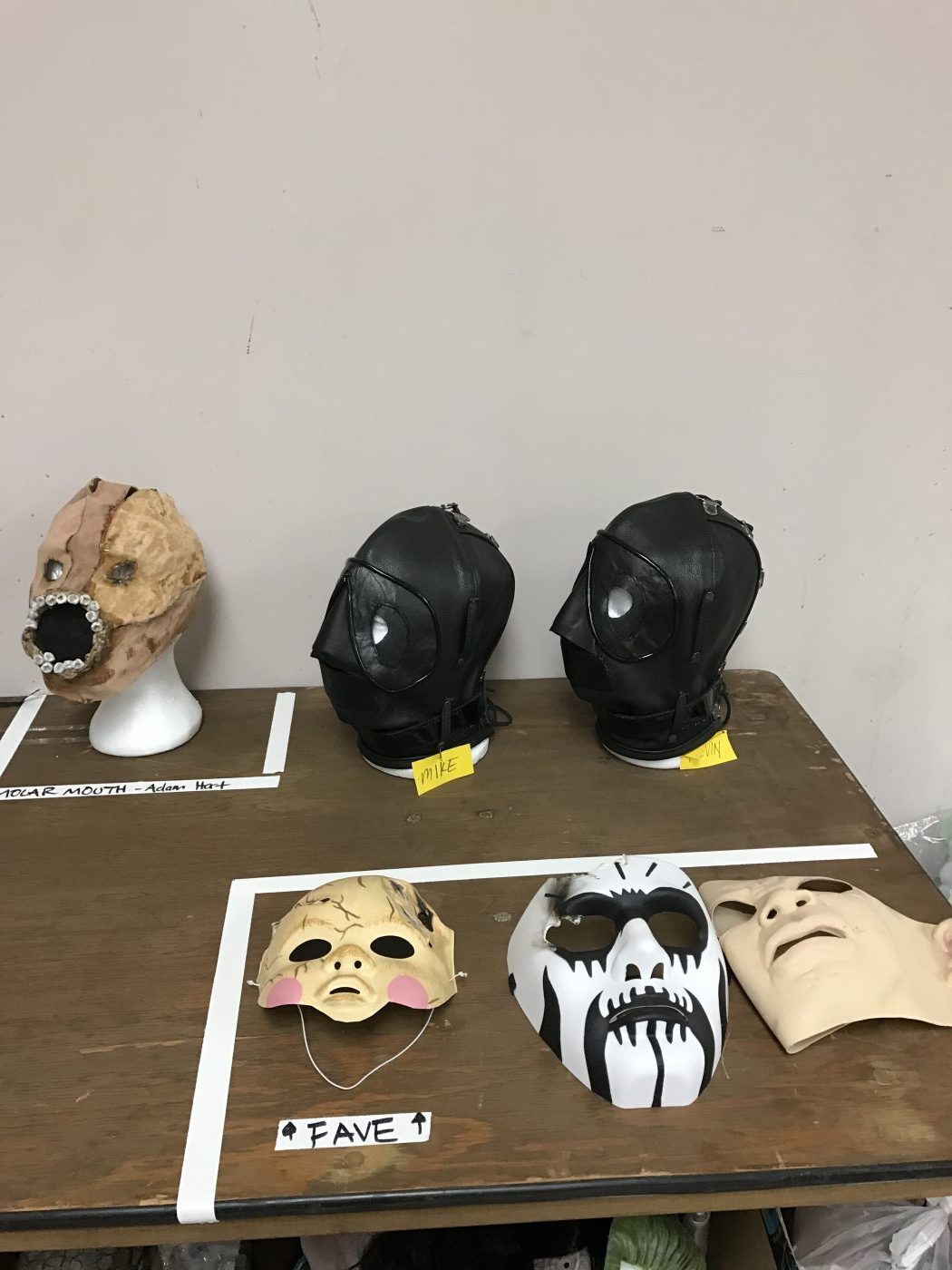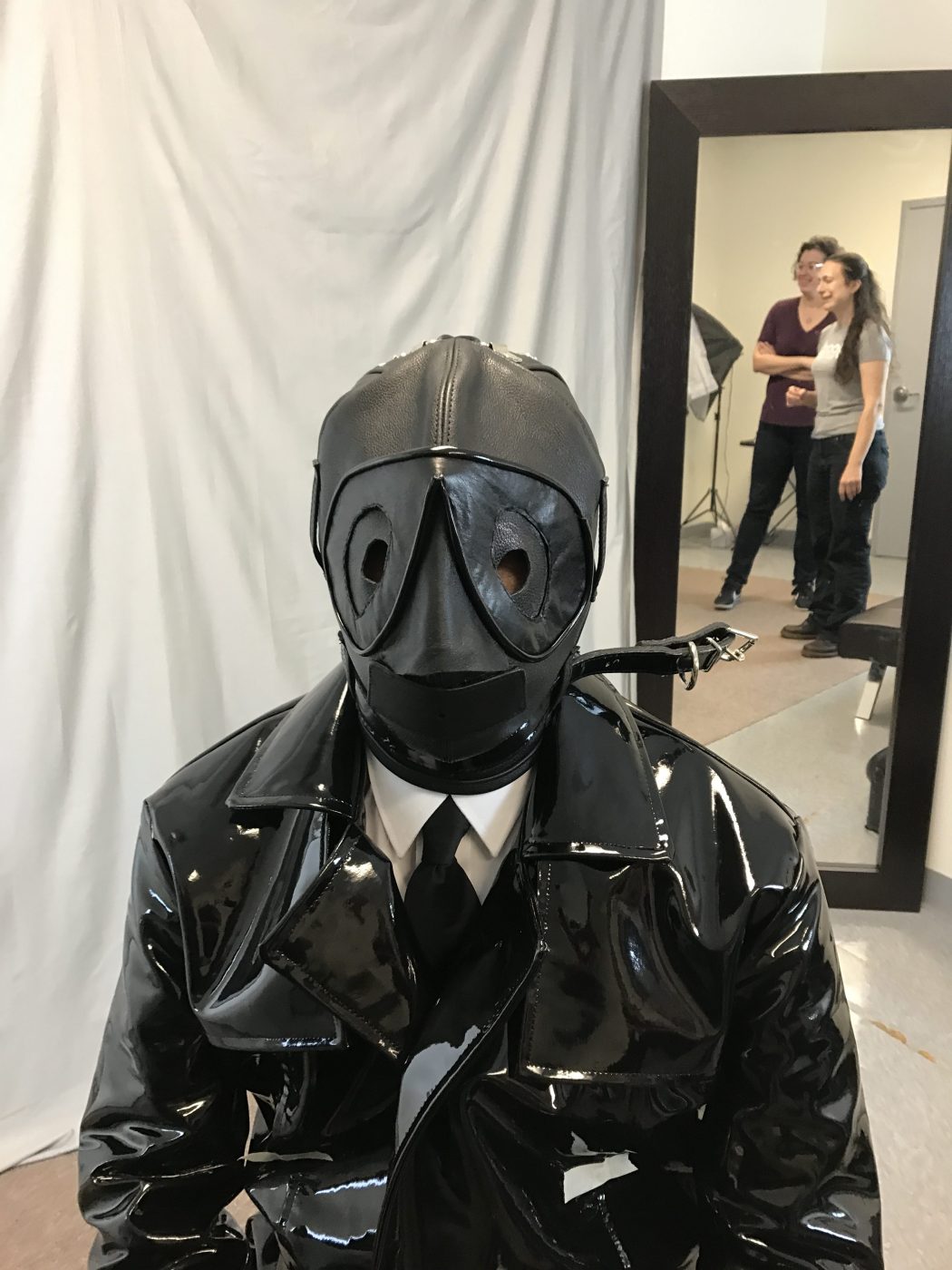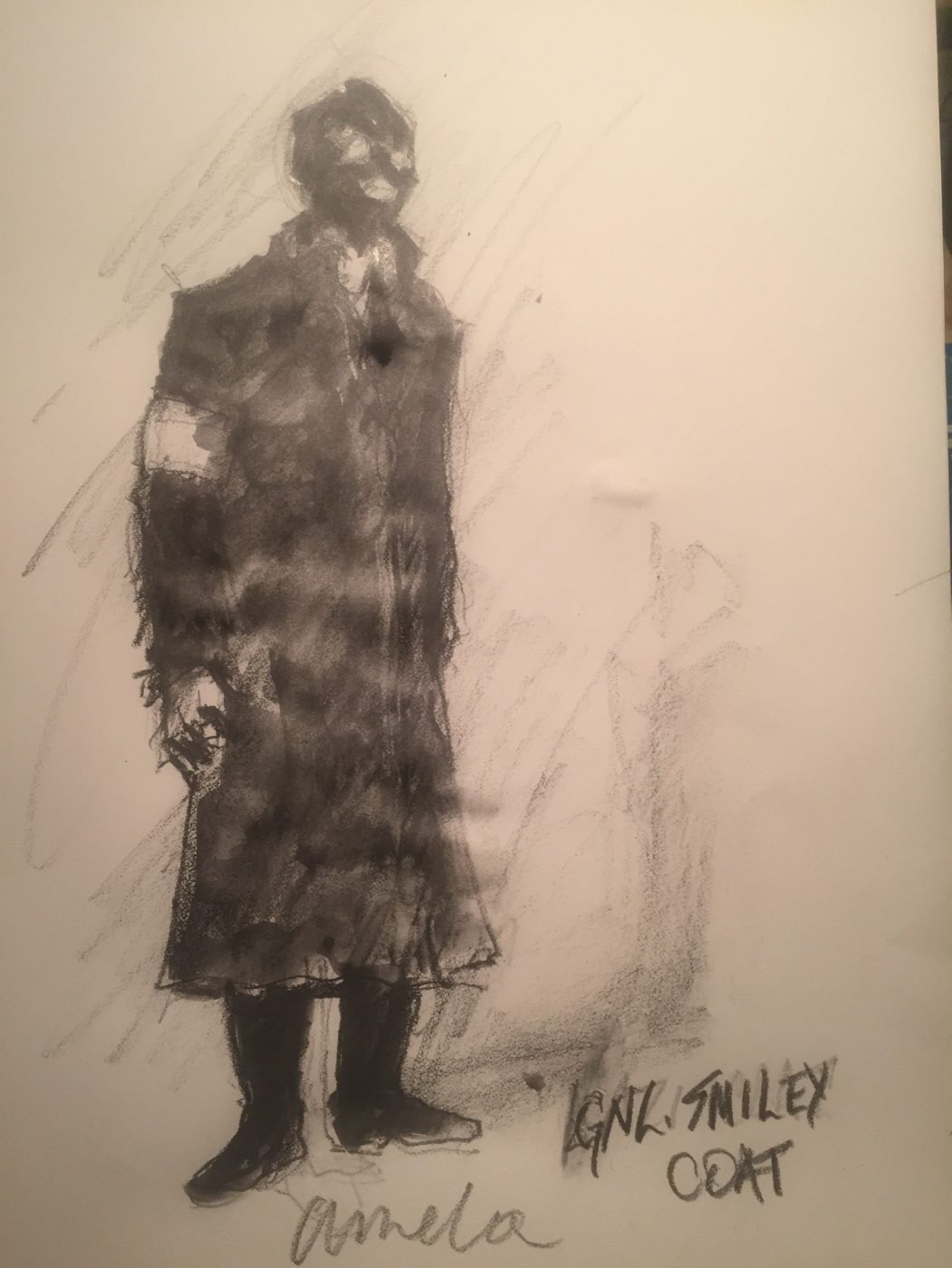How Politics Inspired the Costume Design of The First Purge
The Purge films have become a phenomenon of fear, hinging on the normalization of horrific acts. The first film premiered five years ago, and the franchise seems to have been a clairvoyant warning sign as political tensions struggle for the soul of our country. Playing to the celebratory nature of the event, SDCC fans were invited to ‘Purge City’, a play on ‘Party City’ where every fun event begins. The First Purge takes a chilling look back at the environment in which parties were able to convince voters to allow the violent tradition.
Making a film often means balancing an array of different influences and restraints, from taking cues from the real world status quo to feeling the pressures of bringing a fresh take to an already adored movie universe. Amela Baksic, costume designer of The First Purge, knows those pressures but is equipped to handle them with her years of industry experience. We took a moment to hear from Baksic about the process of designing a film that requires an artist to think a bit outside the box.

In what ways did you use the sometimes-troubling political climate of today to inform your costume decisions?
We were influenced by events in Charlottesville, which informed our choices for various militia characters. For Nya’s character, we looked at young women in Black Lives Matter movement. Most other choices were character driven, and particular attention was paid to the socioeconomic status of the locale and environment of each scene.
How did you honor the previous Purge installments in the franchise while striking your own course with this prequel?
Since this was the prequel, we had few restraints in making our principal costume choices for the film. The compatibility to the three features that came before was expressed through masks, since masks are such defining element of the franchise. Sebastien Lemercier, the creative producer on all the Purge films, was a great guide, when it came to the mask process.

You’ve worked on all sorts of eclectic, very interesting films—Barry and Wiener-Dog come to mind—did your process change or evolve at all working on a horror franchise?
The main process, of being truthful to the story and the characters, remains the same. However, each film presents its own challenge, from recreating 1980s New York in Barry to [the] stylized and heightened world of Todd Solondz’s characters in Wiener-Dog. And finally, in The First Purge, creating [a] believable marginalized community in Staten Island who confront the evil and aggression of real life.
One of the scariest elements of the Purge series is the masks, which range from ghoulish and demented to freakish and clownish, and really everything in between. What’s the process of making masks that still give a window to the face beneath it?
Gerard McMurray, our director, and Sebastien Lemercier, our producer, pointed me in the direction of Cajun Mardi Gras, which has a number of very unusual and inventive masks. I also looked at Haitian carnival masks, which incorporate bull imagery, and have inspired the bull mask used in the Purge party, featured on a lot of posters.
Scary leather face masks were developed by our mask maker, Gina Scarnati, by looking at range of faceless photography, distorted human faces, and surrealist imagery. The key to creating a successful Purge mask, is [a] certain simplicity and DIY quality—not looking too finished or overly designed.

What previous films did you touch upon for your research? Were there any in particular you used for inspiration?
In general there is a kind of film noir feeling to the film, which was inspired by Nightcrawler, No Country for Old Men, Se7en and Belly; and [the movie was] beautifully captured by our cinematographer Anastas Michos.
Do you have a favorite costume in The First Purge?
The black coat for General Smiley, which we constructed out of industrial vinyl, as seen in the apartment house combat scenes was my favorite.

How does your method change when making costumes for a film in which the clothes will likely go through a lot of wear and tear?
When dealing with costumes with a lot of wear and tear, one has to be very practical and make sure there [are] a number of multiples available to be purchased. Also, depending on the stages of the “distressing” process, I tend to look for costumes in colors and textures that would show the deterioration to the best effect.
Was there a certain film that made you want to do this for a living?
Of all the films I saw in my youth, Fellini’s Amarcord stands out in my memory as having made the deepest impression on me.
Featured Image: The First Purge via Universal Studios



